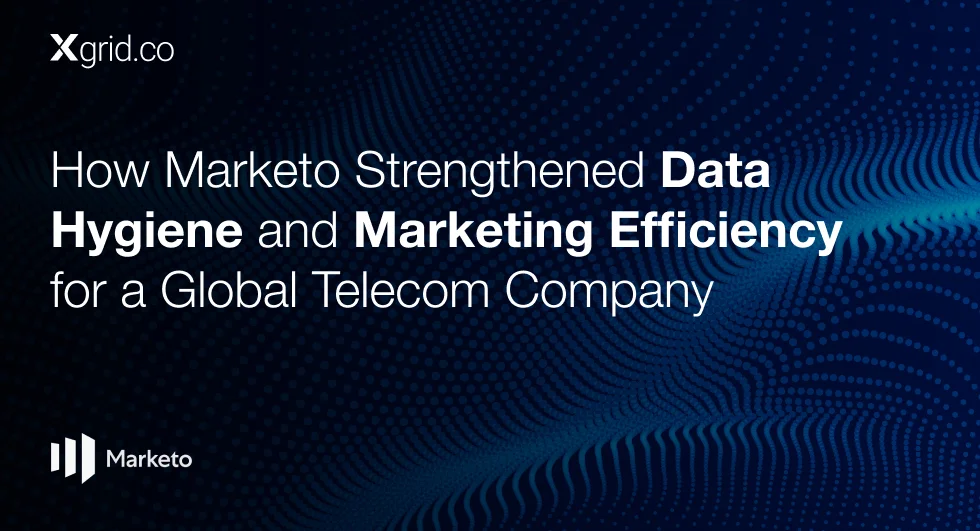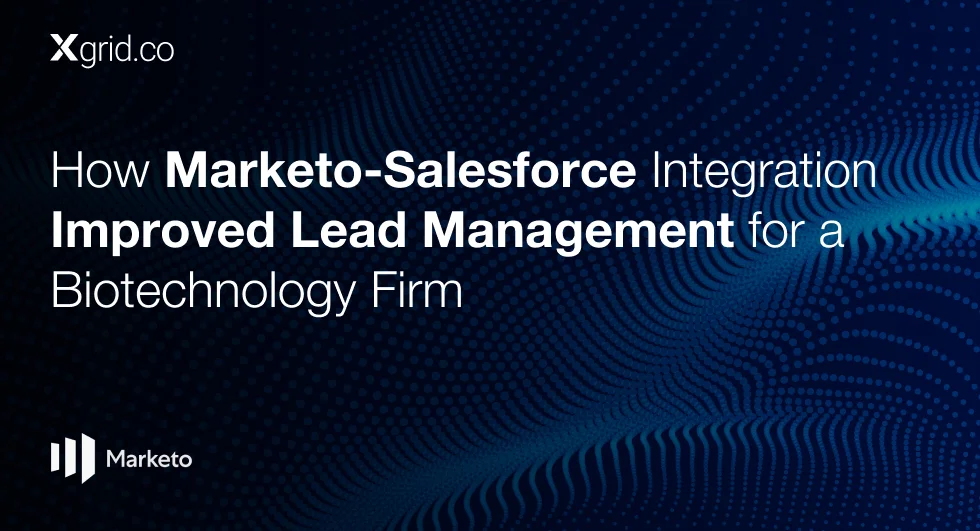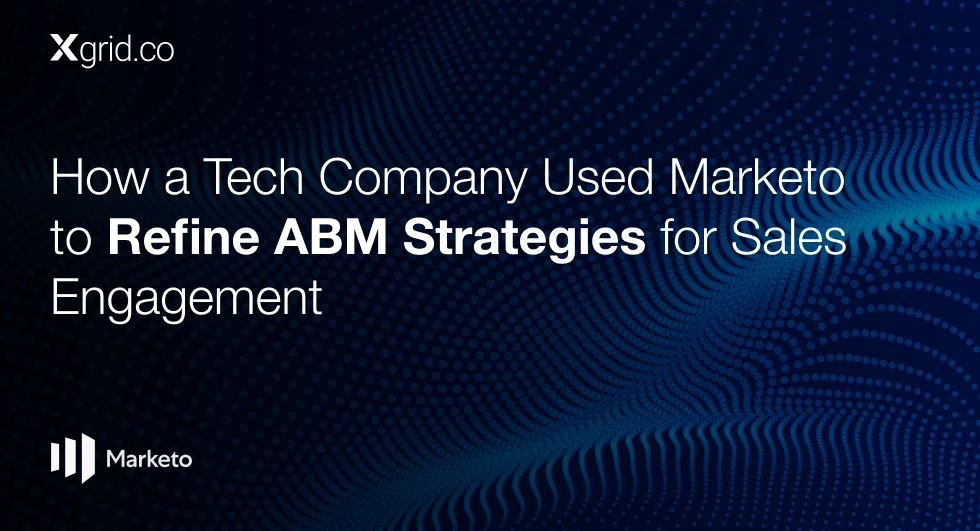Personalization In Marketo For Tailored Campaigns
For instance, in a B2B scenario, an email campaign could provide unique insights to each lead based on their industry, company size, or specific pain points. In multi-location businesses, emails can dynamically show information such as the nearest service center or the contact details of the relevant local representative.
This approach ensures that each recipient feels like the message was crafted specifically for them, increasing the likelihood of engagement and conversion.
How to Achieve Personalization at Scale with Marketo
The real challenge lies not in personalizing a single email but in achieving personalization at scale across thousands—or even millions—of leads or customers. Marketo experts offer the tools to automate and streamline this process, making it possible to build and manage large-scale campaigns without sacrificing the personal touch.
Here are the key steps businesses can take to successfully implement personalization at scale using Marketo’s data-driven automation:
1. Collect and Centralize Data
The foundation of any personalized campaign is accurate, up-to-date data. Marketo allows businesses to gather customer data from multiple sources—whether it’s from a website, CRM, or transactional system—and centralize it in a unified platform.
Britney advises, “The more data you can collect and centralize, the better you can segment and tailor your campaigns.”
This means capturing not just basic demographic information, but also behavioral data such as past interactions, purchase history, and engagement with your brand. The more granular the data, the more opportunities there are to personalize the messaging.
2. Clean and Segment Your Data
Once you have collected the data, the next step is ensuring its quality. Dirty or outdated data can derail your personalization efforts by sending irrelevant or inaccurate messages.
Britney recommends using tools like Marketo to clean and organize the data. This might involve deduplicating records, correcting inconsistencies, or filling in missing information.
After cleaning, you can segment your audience into targeted groups based on criteria such as behavior, purchase history, or industry. Segmentation is key to making personalization manageable at scale—grouping customers into smaller, relevant clusters allows you to craft more tailored campaigns.
3. Build Dynamic Campaigns Using Automation
Automation is where Marketo truly shines. By setting up dynamic content blocks within your emails or landing pages, you can automatically change the messaging, images, or offers based on the recipient’s data.
For example, you could send different versions of the same email to different industries, with tailored benefits or case studies relevant to each sector.
Automation workflows in Marketo also allow you to trigger messages at the right time based on the recipient’s interactions with your brand. “With automation,” says Britney, “you can ensure that your message reaches the right person when they’re most likely to engage.”
4. Use Behavioral Triggers to Tailor Timing and Content
Personalization isn’t just about what you say—it’s also about when and how you deliver the message. Marketo enables marketing teams to create campaigns that adapt in real-time based on a lead’s behavior.
For instance, if a lead downloads a whitepaper, they can automatically receive follow-up content related to the same topic.
According to Britney, “The timing and relevance of your message are just as important as the content itself. By using behavioral triggers, you can ensure that your communication feels timely and relevant, which increases the likelihood of engagement.”
5. Test, Optimize, and Scale
Finally, once your personalized campaigns are running, it’s crucial to continuously test and optimize. Marketo provides in-depth analytics that help you monitor the performance of your campaigns. You can test different messaging, formats, and timing to see what resonates most with your audience.
As you refine your approach, Marketo consultants can help you scale your personalized campaigns across larger audiences. By automating data management and campaign execution, you can handle higher volumes without sacrificing personalization.
The Impact of Personalization on Engagement and Results
By following these steps, businesses can leverage Marketo’s data-driven automation to create dynamic, personalized campaigns that deliver relevant messages at scale.
According to Britney, “Personalized campaigns result in higher open rates, click-through rates, and conversion rates. When customers feel like you understand their needs, they’re more likely to engage.”
Personalization also helps build long-term customer loyalty. When recipients consistently receive communications that are tailored to their interests, they develop a stronger connection with the brand, which ultimately leads to higher lifetime value.
Conclusion: Maximizing the Power of Marketo with Personalization
In conclusion, the key to successful personalization lies in data accuracy, automation, and intelligent segmentation. By using tools like Marketo, businesses can collect, clean, and use data to deliver personalized messages that resonate with each recipient. The result is higher engagement, improved customer satisfaction, and better overall marketing performance.
Downloads
Article (PDF-276 KB)MOST POPULAR INSIGHTS
- How Marketo Strengthened Data Hygiene and Marketing Efficiency for a Global Telecom Company
- How Marketo-Salesforce Integration Improved Lead Management for a Biotechnology Firm
- How a Tech Company Used Marketo to Refine ABM Strategies for Sales Engagement
- How Marketo Campaigns Were Streamlined with Templates and Tokens
- How Marketo Solidified Marketing Insights with Custom Attribution Models
Related Articles
Related Articles

Established in 2012, Xgrid has a history of delivering a wide range of intelligent and secure cloud infrastructure, user interface and user experience solutions. Our strength lies in our team and its ability to deliver end-to-end solutions using cutting edge technologies.
OFFICE ADDRESS
US Address:
Plug and Play Tech Center, 440 N Wolfe Rd, Sunnyvale, CA 94085
Pakistan Address:
Xgrid Solutions (Private) Limited, Bldg 96, GCC-11, Civic Center, Gulberg Greens, Islamabad
Xgrid Solutions (Pvt) Ltd, Daftarkhwan (One), Building #254/1, Sector G, Phase 5, DHA, Lahore




